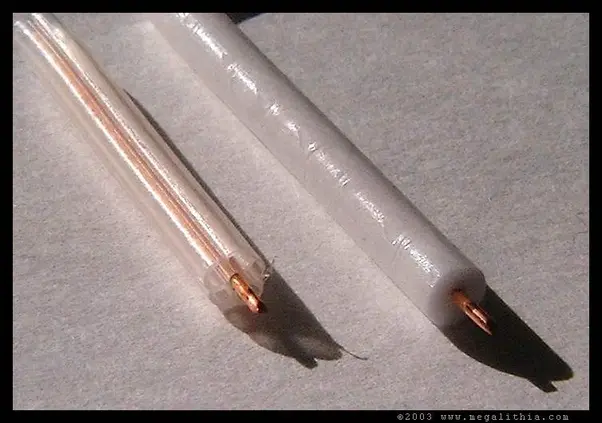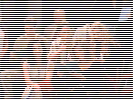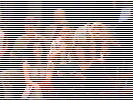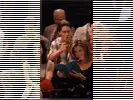I was intrigued the other day to read an article from a TV technician from the days of CRTs that highlighted a complaint that he got from a customer. The customer’s comment, reported on Quora, was that
“The complaint was ‘TV needs colour refilling and leak fixed, it has run out on the carpet and is now black and white’”.
Of course, to display gurus, this is obvious nonsense, but to the customer it turned out that there was some logic to the conclusion. It turned out that there was a combination of a leak in a balun near the aerial and a cable that had an air void meant that water was running down the core of the cable to the input socket of the TV. The corrosion caused meant that the signal strength dropped with only enough signal to generate a monochrome image.

This reminded me of two instances in my past of the challenge sometimes of diagnosing display problems.
Interlace Flicker?
When I was running a sales company for a CRT monitor maker, we were successful in winning a bid with one of our resellers, for a big installation of monitors in a new building for a big banking client. The monitors were installed, but we had complaints that there was a lot of ‘interlace flicker’. (Interlacing was a form of resolution enhancement in CRT TVs and some monitors that displayed the odd lines of the image then the even lines with a small shift so that the overall picture was built up over two picture frames). However, the PCs being used were not using interlacing, so we got some of the offending monitors back to our facility to test. They were fine.



The monitors were sent back, but the problem was reported again. After some ‘back and forth’ with signals being tested etc, we rented a very expensive field meter to test the building to see if there were any strange magnetic fields (CRTs were very susceptible to magnetic and electrical fields). The very expensive meter showed no excessive fields. But while we were pondering the issue, over a coffee, my Technical Sales engineer noticed that there were tiny rings on the surface of his coffee. After some investigation, we found that there were vibrations coming from the boiler in the new building and it wasn’t so much that the monitors were vibrating, but the users’ eyes were being vibrated by the heating system!
Fields Were a Concern
At the time, there was a lot of concern about the magnetic and electric fields that CRTs produced and whether those fields were the cause of health problems. We did a lot of work on that topic and the then well know MPR and TCO approvals developed out of a desire, especially in Scandinavia, to limit the level of the fields.
I had the field meter in my car one day and had, inadvertently left it powered on. To our surprise, the meter showed a strong alternating magnetic field that seemed to be related in frequency to the speed of the car. Strange!
Eventually, we theorized that the fields, which were much stronger than the fields that we were seeing from our monitors, were from the steel-braced tyres in the car which were, presumably, magnetized. The field strength was much more than from the monitors, so from that time onward I took the whole issue of magnetic fields from monitors with a ‘pinch of salt’.
In these days of LCD and OLED displays, it’s probably hard for younger engineers to appreciate the challenges of making good CRT monitors. Believe it or believe it not, the monitors had to be set up to match the earth’s magnetic field in the region of the world where they were to be used. In our factory, we used, if I remember correctly, seven different settings. simulated using large coils around the final adjustment area, to fine tune the performance of the monitors. It was one of my favorite tricks when training about CRT technology to take a monitor showing a full white screen and turn it upside down. That used to result in strong color patches as the CRT beams re-aligned! (I found a neat little video that shows the dramatic effect of a magnet on a CRT).

